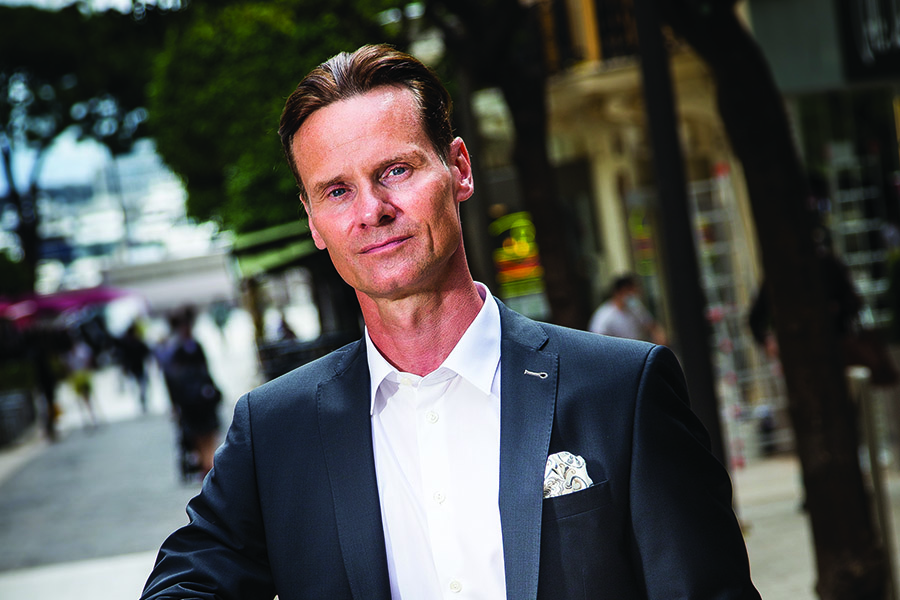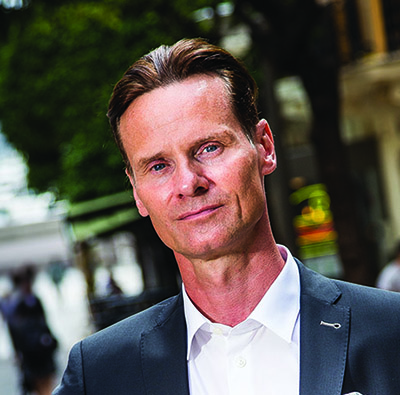Some CEOs think that change management is the softer side of restructuring an organization. but, managing people can be the most challenging and critical part of any transformation. here’s how to effectively address the people side of change.
The world is changing fast, and the global pandemic has accelerated the need for companies to adapt or die. A business strategy that has been relatively sidelined until now — change management — has emerged as a main focus for C-level executives. Businesses are now concerned with having the right organizational structure, human talent, and sense of purpose that can tackle the new world order. CEOs are looking to solve this challenge by building a brand that embraces creativity, adaptability, authenticity and relevance. Change management has become a critical skill in an age of disruption, and agility and adaptability have become the new buzz words.
But when we discuss change management and CEO success, do we keep asking the wrong questions? Life is about change and business is life. Each business is a human drama at its core, as each organization is really about its people. Each day, companies face change on a grand scale — Fortune 500s, mid-caps, or family businesses — because they are all living organisms, and they will thrive (or die) a little each day based on how they manage change. “But I’m changing every day,” you might say. That may be true, but the real questions are: how and why?
My experience as a CEO has taught me that there are two types of change, and although similar in outcome, they differ greatly in how people perceive them. Self-change or self-transformation projects a very positive idea in people’s minds. Think of the titles of some self-help books such as, Awaken the Giant Within, Practicing the Power of Now, or Start Living an Awesome Life. There is usually a sense of excitement around personal transformation, conjuring up images of optimism, dedication, and positive action. But when we talk about organizational change, the opposite feelings emerge. We fear organizational change, we confront it with resistance and then retract and ponder what will befall us. We enter a negative, fear-driven mindset. Yet, instead of viewing this process as exhausting and overwhelming, organizational change can instead be empowering and energizing.
While running my company and helping other CEOs, some interesting challenges arose. How do we make organizational change as exciting as personal change? How do we ensure teams approach far-reaching change with open minds, innovation, and creative thinking?
One of the most challenging change management projects I’ve ever been involved in was the restructuring of former French ferry company SNCM. The state-owned company was highly inefficient, had conflictual relationships between employees and management, and was highly unionized and financially unsustainable. The French government had sold it to a large private group that endeavored to turn it around. I started by trying to break the unhealthy relationship with the unions by integrating their members into a process that was holistic, inclusive, and transparent; the exact opposite to what I was seeing.
The environment was toxic. Just a few months before, union leaders had hijacked one of the company’s vessels, and French special forces were called in to take it back violently. I was told by union leaders that their main objective was to prevent me from introducing any change management strategies, by any means necessary.
I agreed with them. Nobody likes change, and I explained that change for the sake of change was not my goal. Instead, I told them I wanted to work with them to save the company and their jobs. “I’m not your boss or a consultant,” I explained. “Rather, see me as your advisor.”
In the subsequent years that it took to turn the company around, we agreed to disagree on many issues but always kept a mutual respect for our opposing views. At the end of a successful transition, the lead union negotiator called me a partner, someone they could talk to and respect.
The SNCM transition was the most stressful time of my life, but had taught me valuable lessons. It taught me that change happens at an individual level, not at corporate level. Change is human, and requires human values such as empathy, passion, commitment, respect, creativity, and risk-taking.
In smaller companies, change is often a maelstrom of emotions and can be compared to a small organism morphing into an adult form — similar to a caterpillar growing into a butterfly. The process is painful, full of doubt and risks. Approach change as if you are caring for a living organism, with a holistic outlook that includes the emotional and irrational. It will help foster a sustainable, progressive, and caring process. Regard employees as individual cells of a body, but treat them as vital parts of the entire organism.
In small to midsize organizations, resistance to change usually comes from seeing the process as too large or too daunting, and needing resources you may not have. However, this is a problem of perception. You may be surprised to learn that smaller organizations are actually at an advantage compared with larger corporations when it comes to change. They can adapt faster, are more flexible, and can be more proactive (instead of reactive) when fostering creative solutions. It’s all about self-confidence.
A lion is not the biggest animal in the jungle, yet it is unquestionably the king of the jungle. Why? Because of an attitude and belief in itself. The power of leading change within an organization therefore lies within harnessing these same characteristics.




































